The City of Nashville does not have a great reputation as a bicyclist-friendly metropolis. It recently ranked as the fourth-worst out of 50 major cities for bike-ability, according to The Tennessean. The average bike-ability rating was over 50, whereas Nashville earned a score of just 30. This reflects a city in which bicyclists face several challenges with getting around town.
The study cited in The Tennessean was conducted by Anytime Estimate. It revealed that only 0.1 percent of the population of Nashville bikes, while the average city sees about 0.5% of its population take to the streets by bike.
Nashville Vision Zero Action Plan
Getting around Nashville by bicycle is not only difficult but dangerous, too. The same study cited by The Tennessean reported that 1% of the city’s streets are responsible for half of all bicycle accidents and fatalities wrecks. A desire to improve roadway safety and make Nashville friendlier for bicyclists is the driving force behind Vision Zero.
Vision Zero began in 2019 when 32 people combined were killed while on foot or while bicycling in Nashville. The number of fatalities has increased since 2019, with Walk Bike Nashville reporting that two bicyclists and 47 pedestrians were killed in 2022.
Bicyclists make up only .3% of all road traffic. Despite this, Walk Bike Nashville reported that they account for 2% of all fatal and serious injury crashes.
Most Dangerous Intersections in Nashville
Part of the city’s Vision Zero Action Plan involves advocating for improvements to some of the city’s most dangerous intersections. These are locations where a high number of individuals, including bicyclists, are injured and killed each year.
These intersections include:
- Harding Place and Sidco Drive
- Murfreesboro Pike and Hamilton Church Road
- W. Trinity Lane and Brick Church Pike
- Nolensville Pike and Harding Place
- Murfreesboro Pike and Hobson Pike
In addition, the following streets were identified as being particularly dangerous for bicyclists:
- Church Street
- West Trinity Lane and East Trinity Lane
- Lafayette Street
- Charlotte Avenue
- 26th Avenue North
These and other roads and intersections that form the city’s High-Injury Network were the location of 483 bicyclist-involved accidents.
Improvements Suggested By Vision Zero
The Vision Zero Action Plan has identified several infrastructure improvements needed to make the streets safer for all individuals. One such improvement suggested by the Action Plan is a physical buffer being added to separate dedicated bicycle lanes from lanes used by motor vehicle traffic.
Other proposed improvements include enhancing the streetscape of some of the most dangerous streets and adding refuge islands in the middle of certain streets. The Vision Zero Action Plan was adopted in 2022 and is designed to be in place until 2026.
Overview of Nashville Bicycling Laws
If you choose to ride a bicycle to work or for fun in Nashville, you are subject to Tennessee laws and Nashville ordinances that apply to all bicyclists. These laws are intended to help keep bicyclists safe and reduce the incidence of collisions and crashes. Some of these laws include:
Subject To All Traffic Laws
Bicyclists are considered to be vehicles and must follow the same traffic laws that apply to motorists and truck drivers. These include the right-of-way laws that apply at intersections and merge points. This requirement ensures that all individuals who use the roadways know what they can expect from others on the road. It also helps people avoid wrecks.
Ride With the Flow of Traffic
Next, cyclists must do their best to ride with the flow of traffic by riding on the extreme right-hand side of the roadway. If the road has a designated bike lane painted on it, you should use it to increase safety. Riders should move between different lanes of traffic by giving hand signals and switching lanes only when absolutely necessary.
Safe Passing Law For Bicyclists
Motorists looking to pass slower-moving bicyclists on the road must give those bicyclists at least three feet of clearance while passing. Motorists may always give bicyclists greater clearance than this if road conditions allow for it. Having this space between a bicyclist and a motorist overtaking them further reduces the chance of an unintentional collision.
Helmet Laws in Nashville
Only riders who are under the age of 16 are required by law to wear a properly fitted bicycle helmet. Those bicyclists who are 16 years old and above do not need to wear one. However, any bicyclist who wears a helmet reduces their chance of sustaining a serious head or brain injury. Therefore, all riders are encouraged to wear a helmet while bicycling.
No More Than Two Abreast
You and a friend can ride side-by-side on the road in a single lane of traffic. However, you cannot impede the normal flow of traffic while doing so. If either you or your friend is unable to keep up, it may be better to ride in a single file. You may also wish to ride in a single file if heavy traffic is around you.
Riding on Sidewalks
Finally, cyclists can ride their bikes on sidewalks if they choose. However, if they do, they must give the right of way to any pedestrians they encounter while on the sidewalk. Thus, if you are approaching a point on the sidewalk where you and a pedestrian might collide, you must wait until the pedestrian passes before continuing on your way.
Bicycling in Nashville Has Room For Improvement
Currently, bicycling in Nashville can be a frustrating and dangerous experience. This helps explain why such a small segment of Nashville’s population chooses to use this mode of transportation. Through its Vision Zero Action Plan, the city has identified ways to improve safety for all people who use the road, including bicyclists.
However, until those improvements come to pass, bicyclists should follow all laws and rules of the road and wear helmets at all times. This is especially true when traveling along or through some of the most dangerous locations in the city.

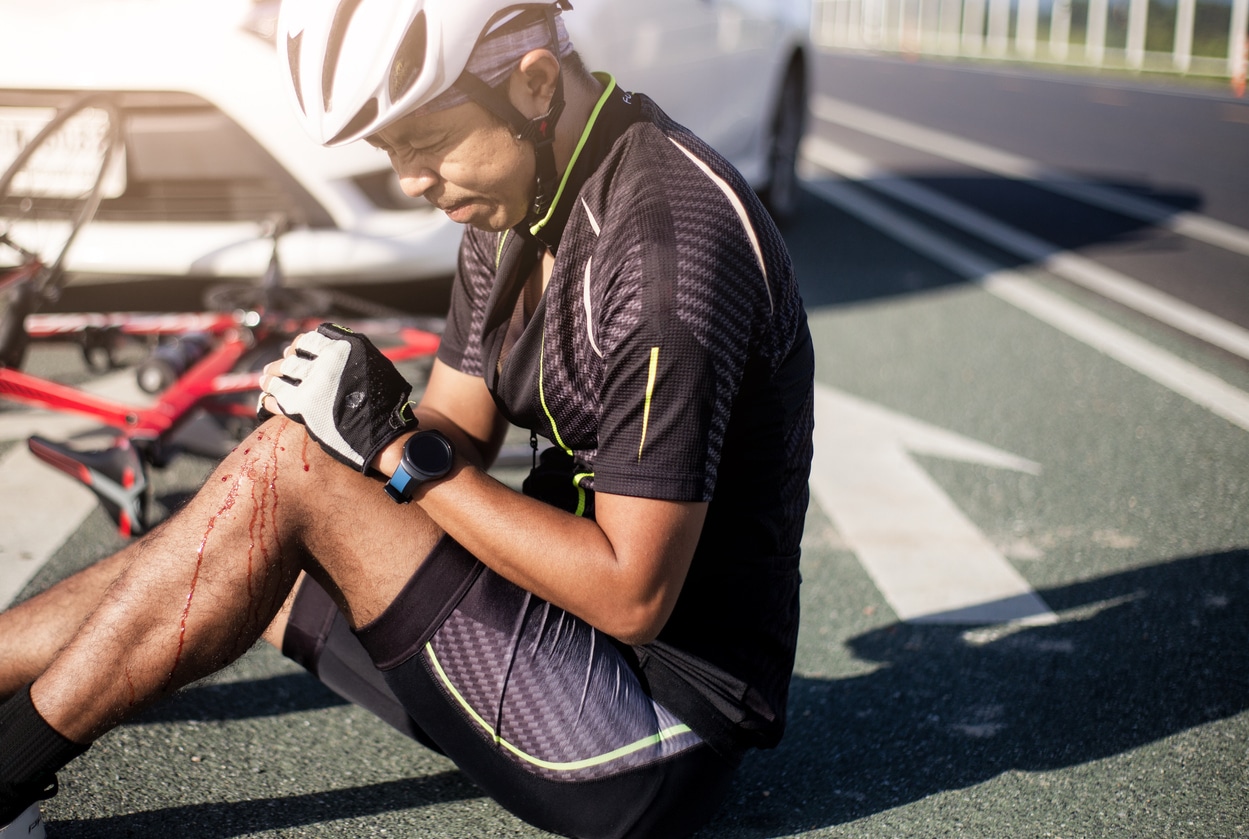
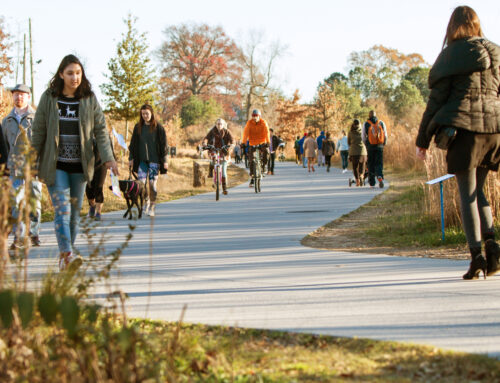

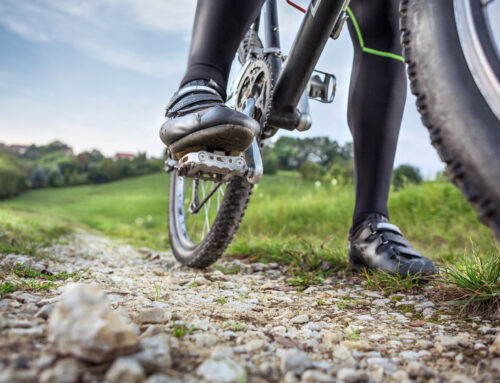
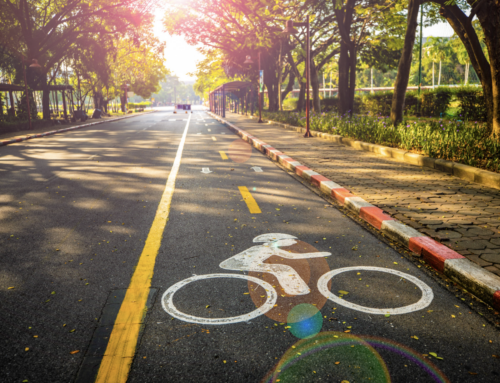
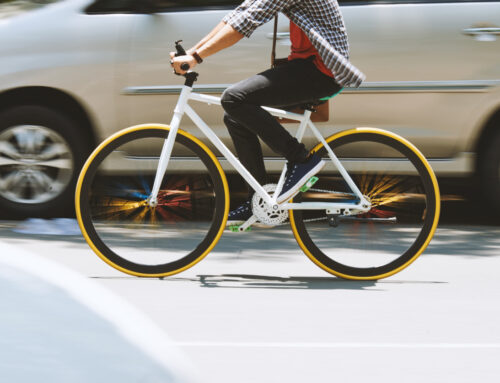
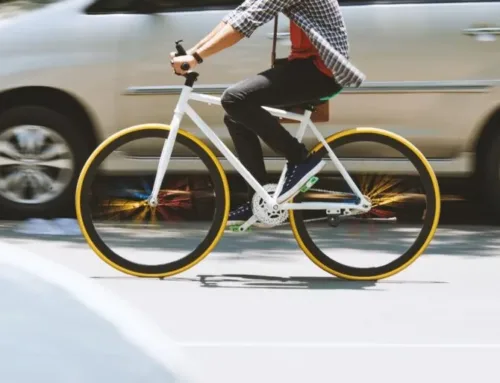
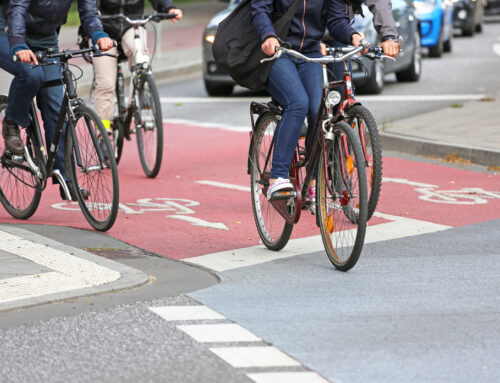
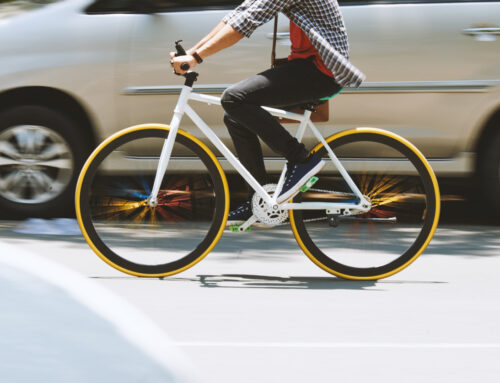
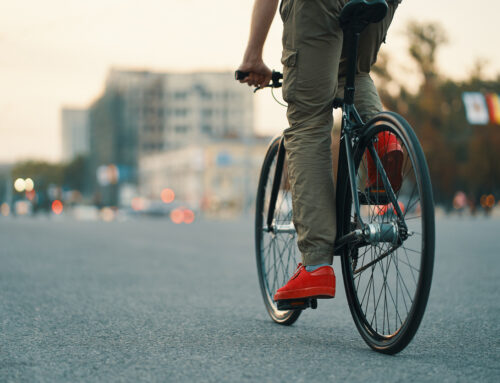

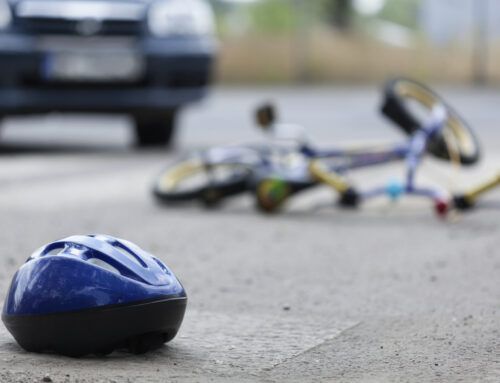
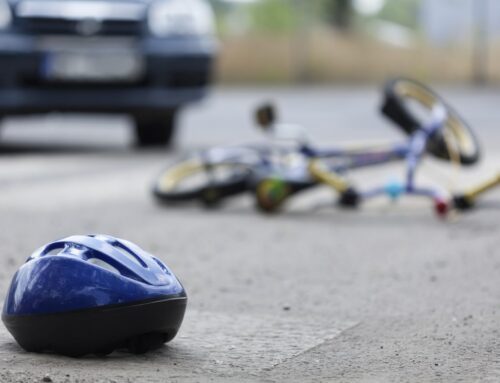
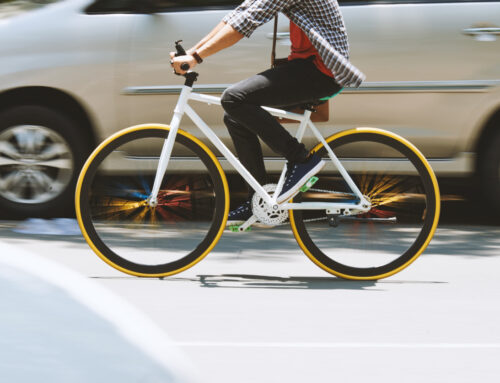

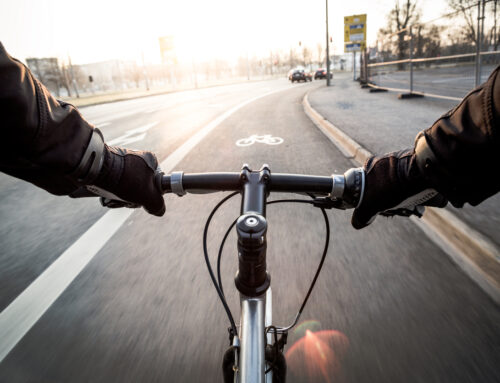
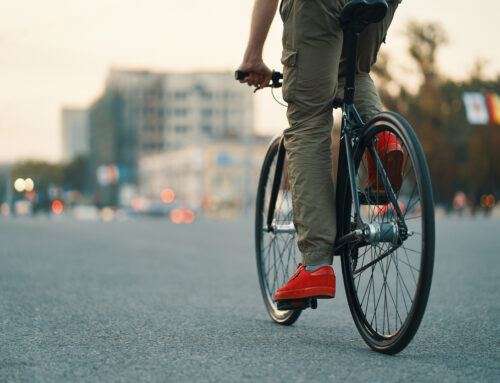
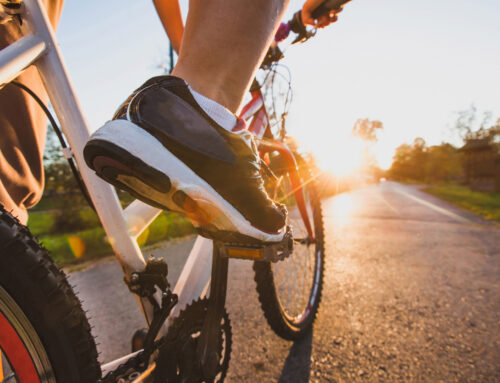
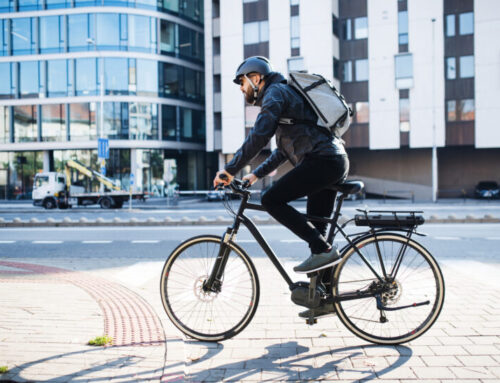
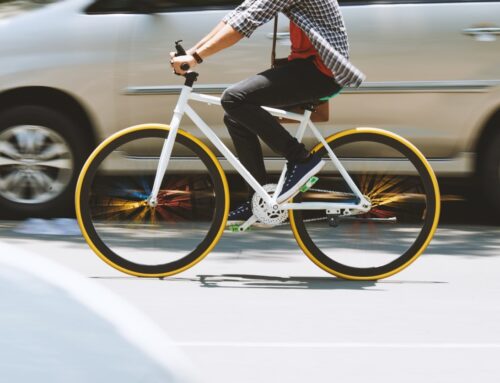
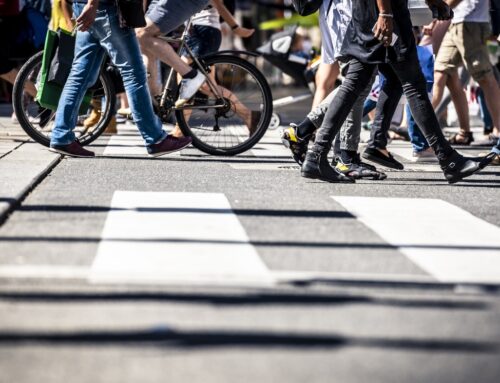
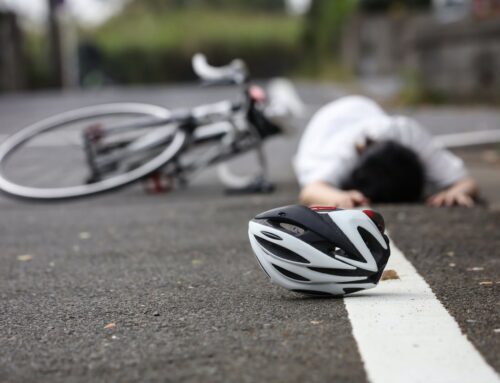
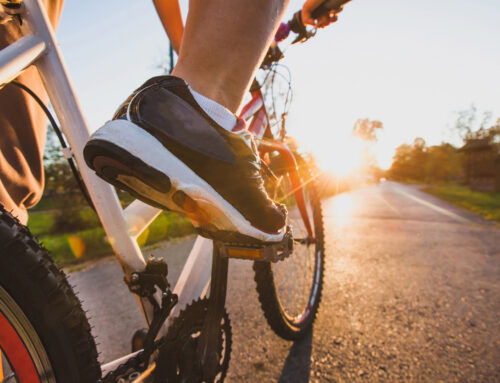
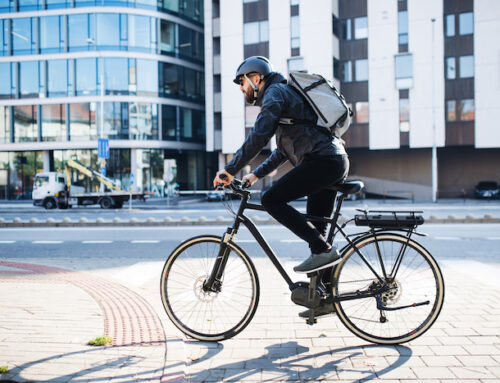
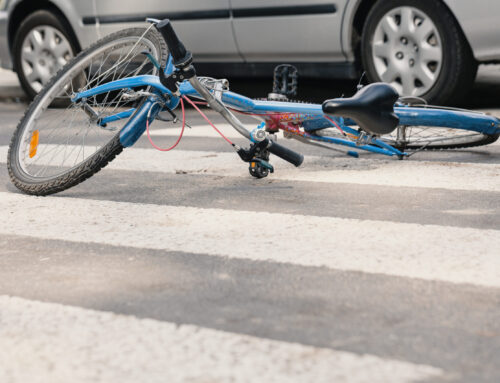
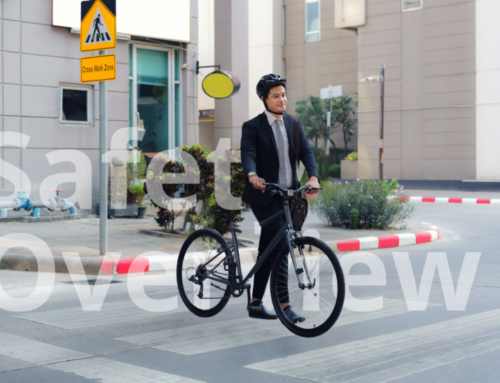

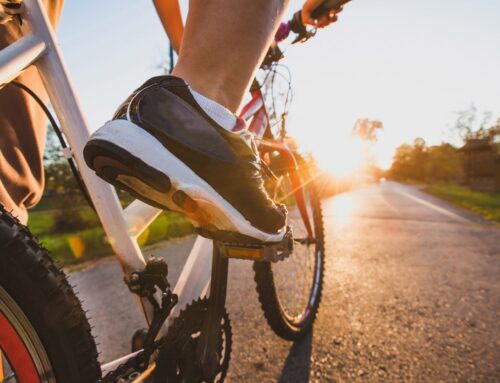
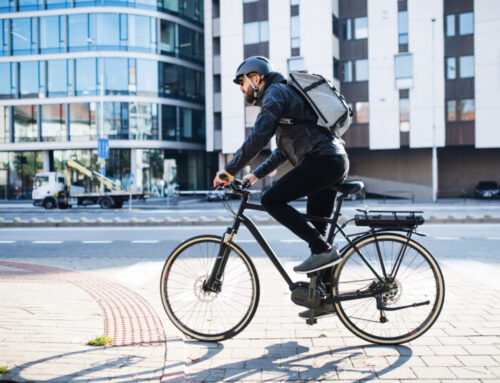
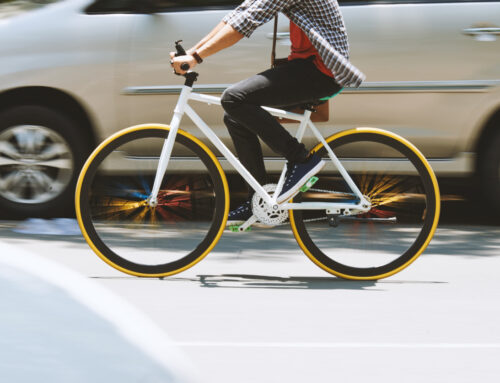
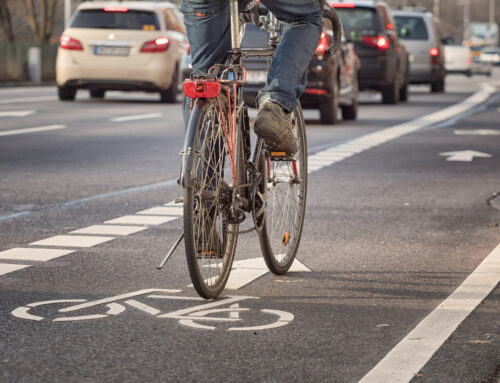
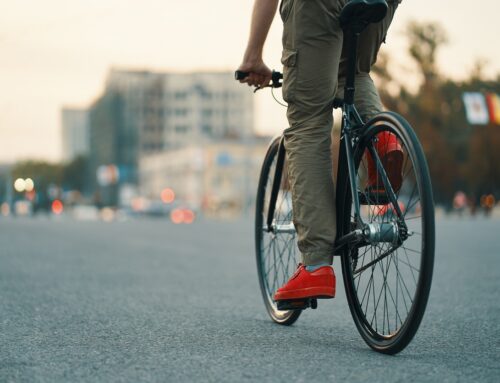

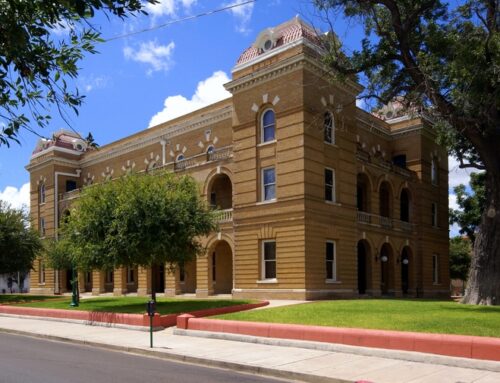
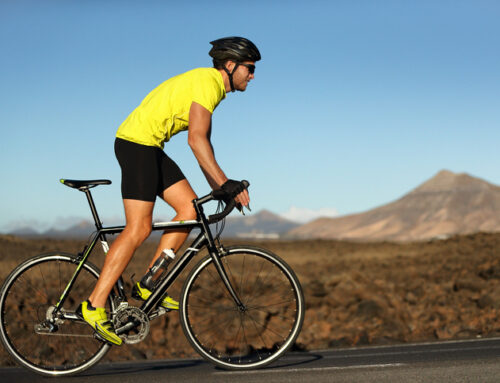
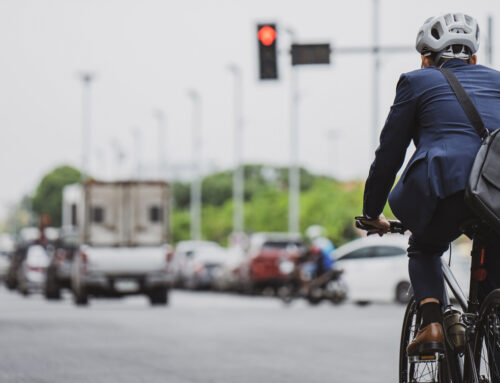
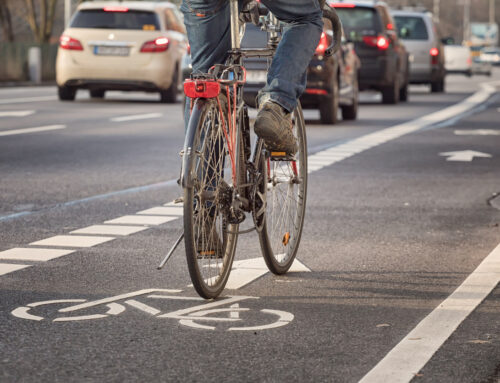
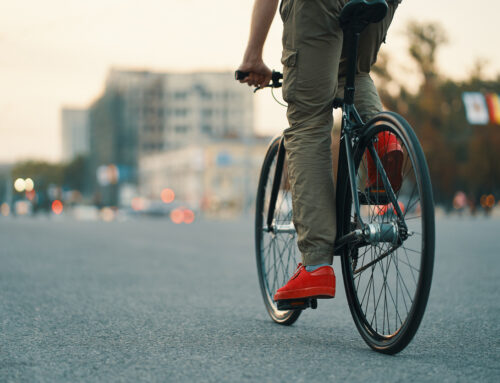
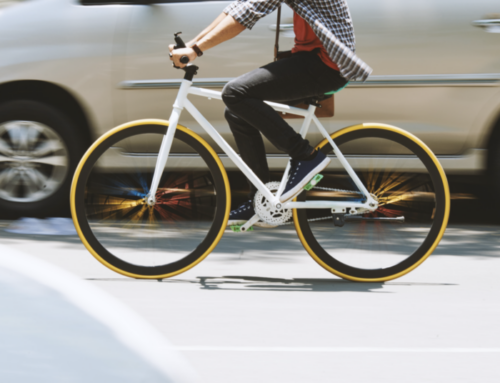
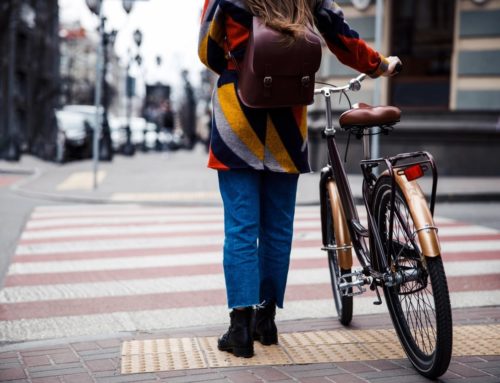
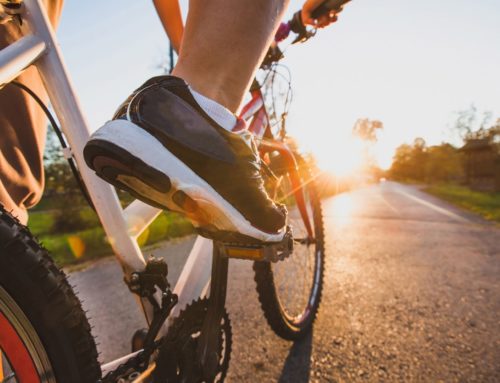
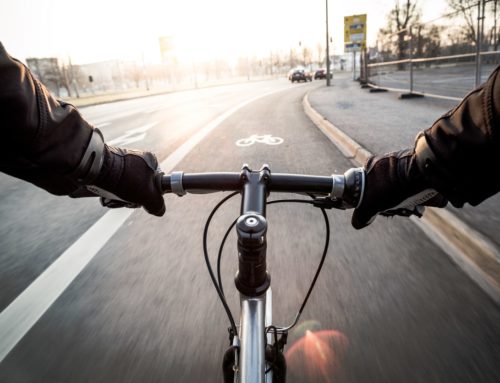

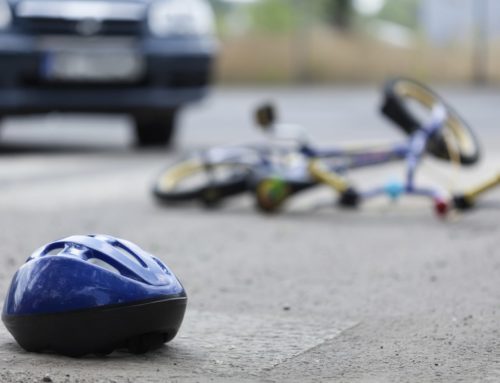
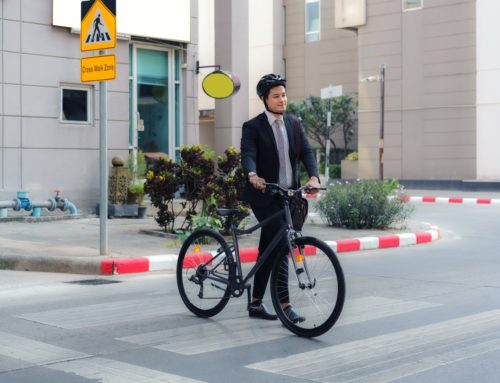
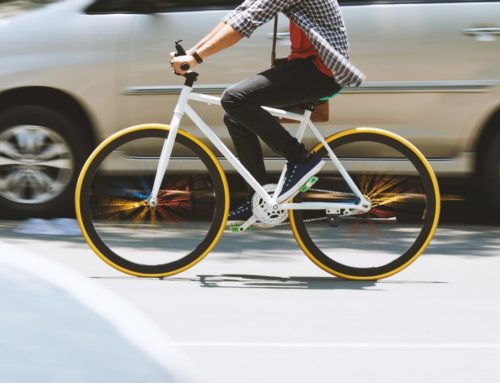



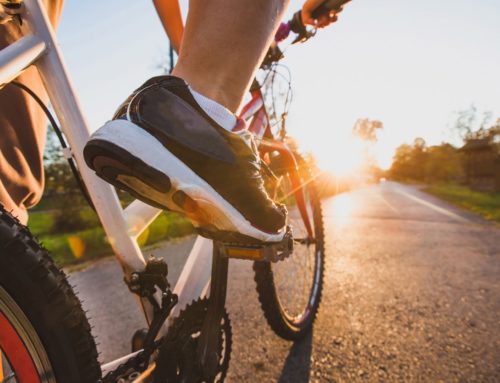
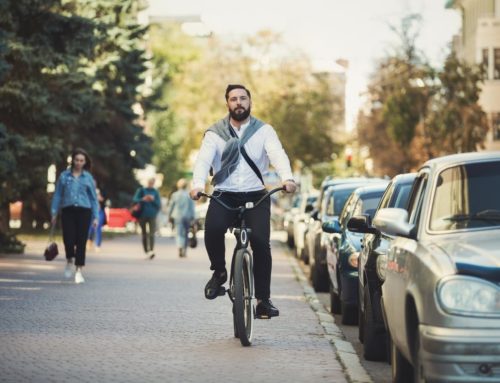
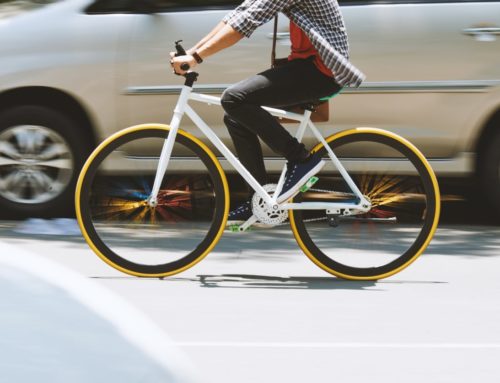


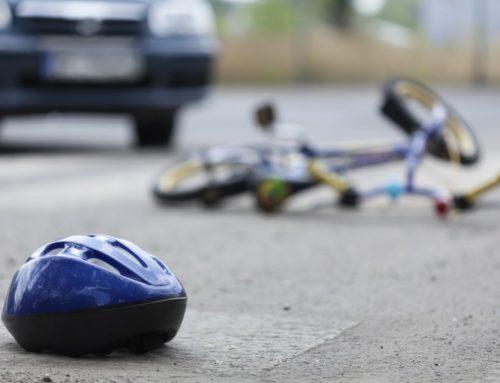

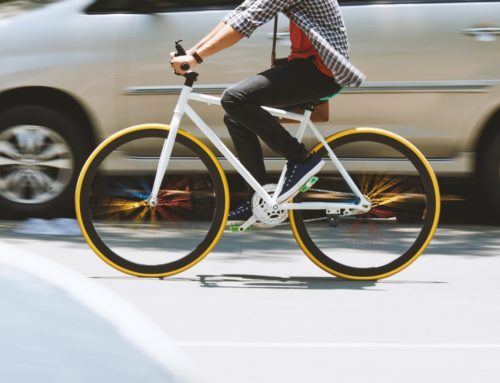
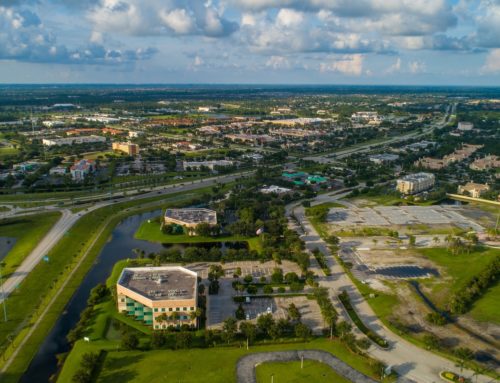
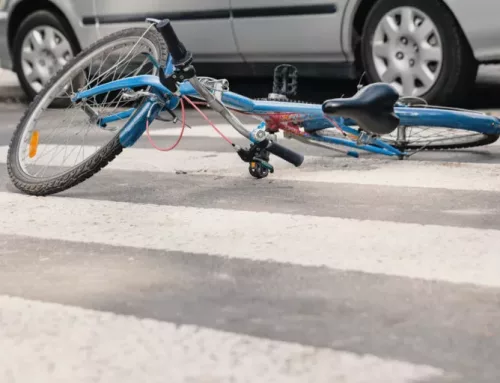

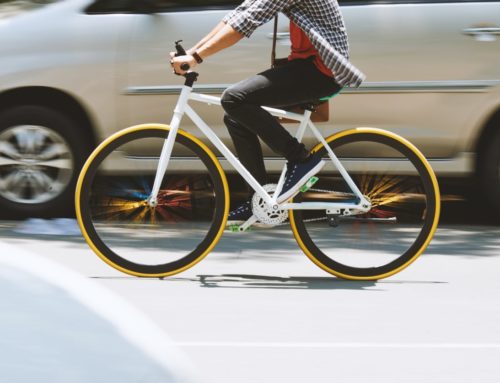
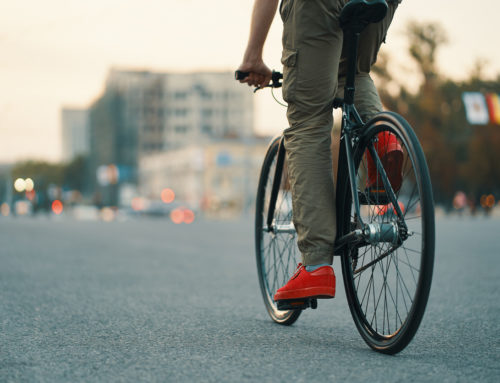
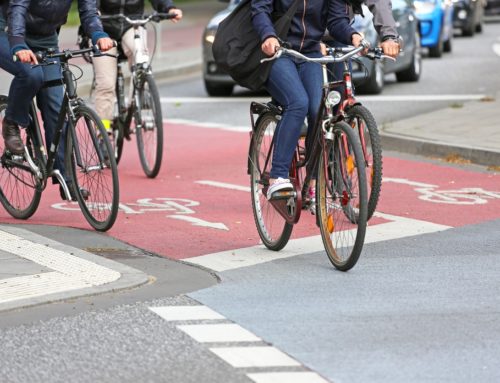
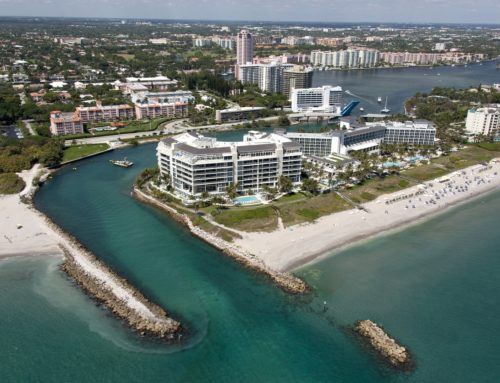
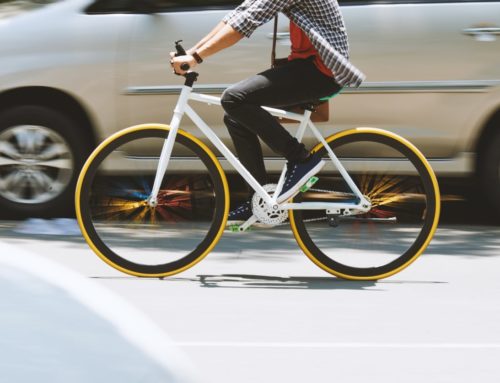
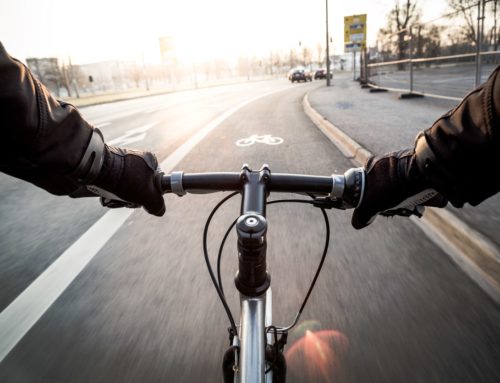

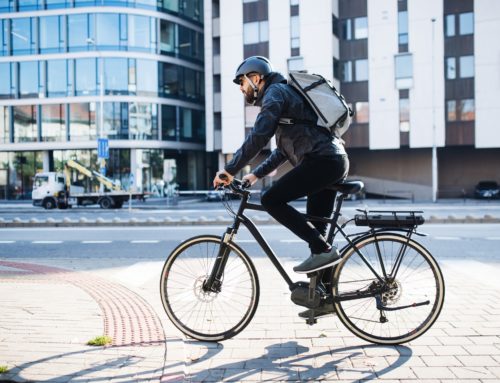
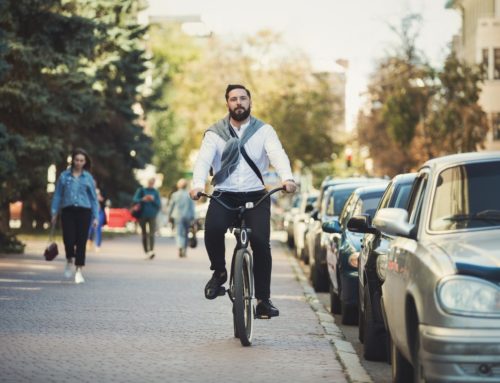

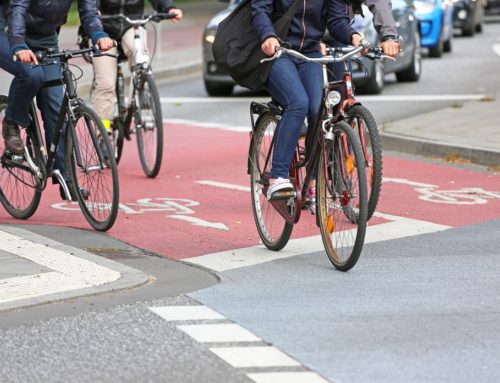

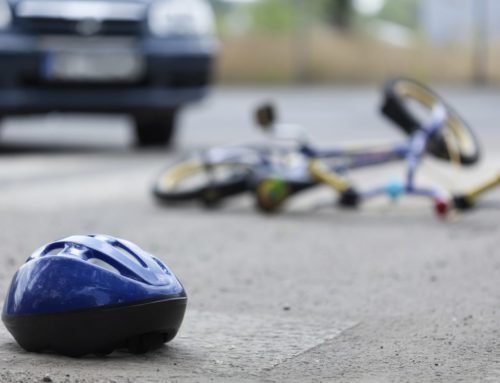
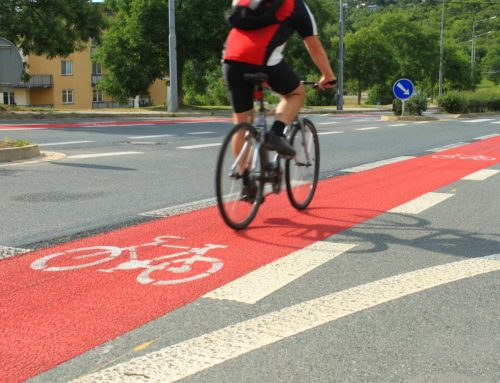



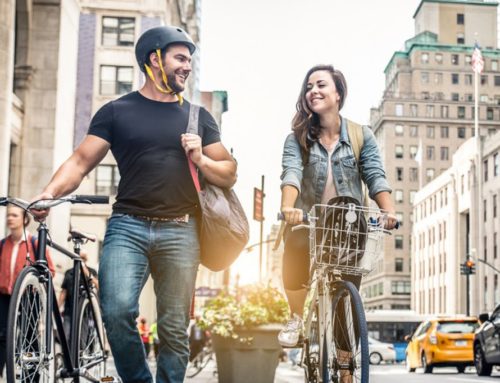

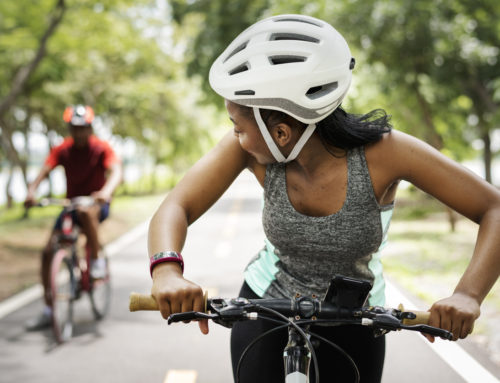
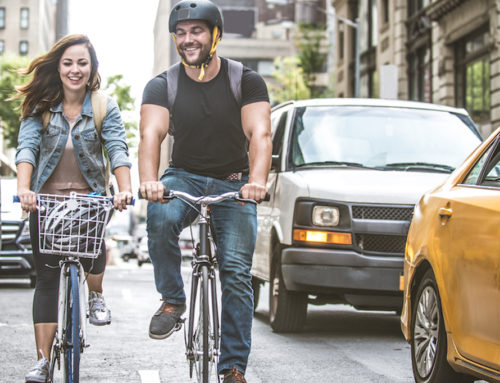


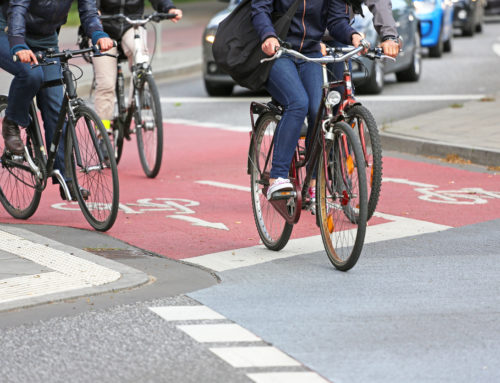
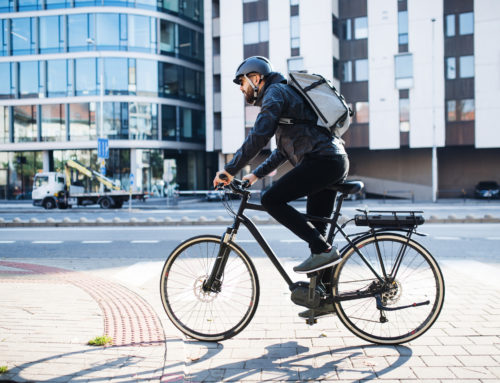
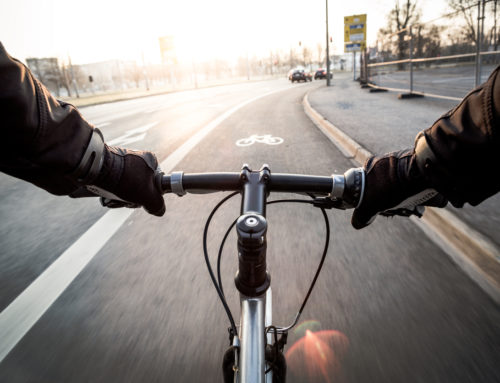

Leave A Comment